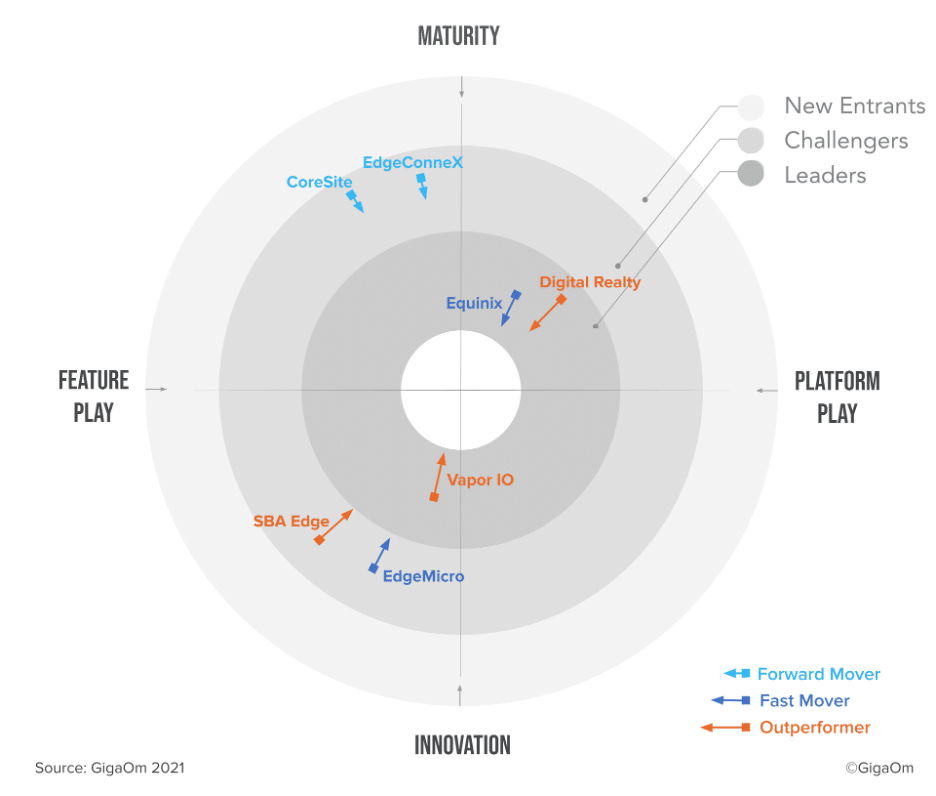Today, Cloudflare announced the Bandwidth Alliance, a commercial collaboration of like-minded companies all committed to exchanging traffic across their networks for little or no cost. Bandwidth Alliance companies believes that all companies in the internet supply chain benefit from activities that remove friction from data exchange. If data is the new oil, we need our global pipelines.
Delivering Value Means Delivering Data
The internet delivers value by delivering data. To deliver data, we need bandwidth. Therefore, bandwidth forms the underlying purpose of the internet.
Whether you are sending bitcoins to your brother in Berlin or watching Happy Days on Hulu, everything on the internet involves moving data from one point to another—at very high speeds, and at very low costs. How this all works is a minor miracle. That anyone across the world can create a megabyte of data in Kuala Lumpur and ship it to California (or, for that matter, Carthage) nearly instantaneously, and almost for free—is nothing short of astounding.
But what many of us forget is that none of this was inevitable. The process of moving data from one point to another on the internet means those bits and bytes may traverse dozens (or even hundreds) of networks. The internet is a network of networks, all with different owners; and the free exchange of data across these interwoven networks creates the low friction internet which we all benefit from, making billions of daily data transfers both possible and practical.
If every network owner erected a toll road at the edge of their network and charged for the bandwidth to hop from one network to the next, the internet would grind to a halt. Business models would fail, networks would stutter, and innovations such as Netflix would slow.
Meet-Me Rooms at the Edge
Where multiple networks come together for peering or exchange is called a “meet-me room” and this is, literally, a carrier-neutral location where cross-connection occurs between multiple networks. Historically, peering points have been at major internet traffic exchanges, such as in regional hubs, but increasingly these meet-me rooms are becoming more highly distributed, allowing for very specialized data interchanges, such as for low latency applications at the edge of the wireless network. These will become even more valuable in the near future as applications such as autonomous vehicles come to the fore, showing the power of the edge.
Vapor IO is in the business of deploying thousands of tower-connected micro data centers at the edge of the wireless network, offering edge colocation and interconnection as a service. Every one of our data centers has a physical meet-me room where our mutual customers can cross-connect to partners and carriers. This is what lets a customer of Cloudflare deliver data over a wireless carrier’s network with only one low-latency hop near the edge of the network.
By being a member of the Bandwidth Alliance, we are committed to helping customers cross-connect in our facilities without extra bandwidth charges. You’ll have to pay for the physical presence in our data centers and cover the basic charges for optical networking, but you won’t pay for each byte that traverses from one network to another. We believe, like other alliance members, that this should be free.
Software Defined IX
When you cross-connect from one network to another, it has historically been across a physical connection—literally an optical or other type of cable that a technician uses to connect one router to another. If you wanted to make a change, you’d literally move the cable.
In edge environments, where micro data centers are deployed in hyper-local locations, you may have thousands of meet-me rooms—one for each edge data center. Each of these data centers, like their historical antecedents, will have physical connections that couple one network with another. But they will also have another attribute, which is that they will be controllable via software-defined networking technologies.
This means that Bandwidth Alliance customers can use software (in the form of APIs and web consoles) to reconfigure their cross-connects without physically changing anything in the network. Peering and exchange relationships can be established remotely and configured remotely, saving time, money and site visits for each update..
Bandwidth at the Edge
At Vapor IO, we believe that data at the edge will grow to match or exceed the amount of data at the core. In order to facilitate innovation and bring new applications to market, including autonomous vehicles, tetherless AR, and 8K bidirectional video. By combining software-defined IX within thousands of edge meet-me rooms, Vapor IO offers a fundamentally new way to deliver low-latency services at the edge of the internet. Supporting the low-friction exchange business models of the Bandwidth Alliance will accelerate innovation and bring about a phenomenal explosion in new products and services, benefitting every user and enterprise relying upon the internet today.





